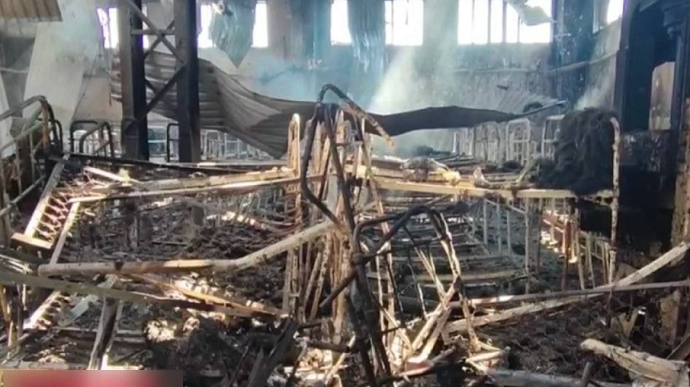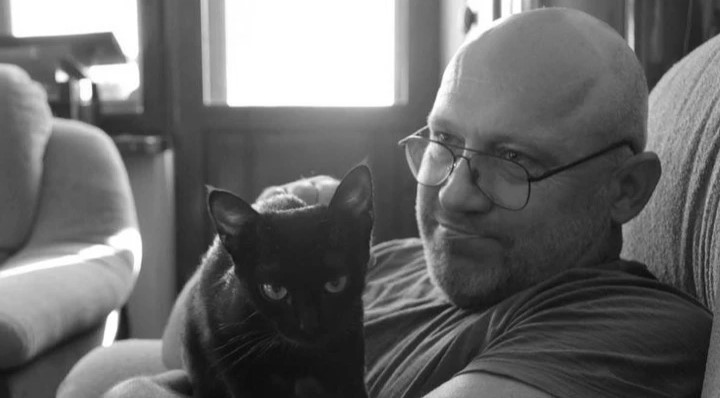Investigation: Russia blew up 53 Ukrainian POWs in Olenivka prison, then honored killers with medals

TSN channel has identified those responsible for the Olenivka terrorist attack in Donetsk Oblast, where over 53 Ukrainian soldiers were killed in an explosion staged by Russia.
Truth behind the Russian stike
In 2022, Russia killed 50 Ukrainian prisoners with a thermobaric weapon and, for a long time, spread the false claim that it was done by Ukrainians. Even the UN eventually acknowledged the lie, but only after years.
Experts at the TV channel have managed to identify four individuals involved in the terrorist act, three of whom were officially awarded military honors after the tragedy.
Likely initiators of the attack was Kostyantyn Popov, the head of the Federal Penitentiary Service (FSIN) group operating in Russian-installed illegal entitity in Donetsk Oblast. By identifying his subordinates, they were able to pinpoint three Russian soldiers.
Identified persons include:
- Captain of the internal service Andriy Vitaliyovych Havryliuk, the instructor-demolition expert of assault unit No. 1 of the OSN FSIN Russia in the Stavropol Territory;
- Lieutenant of the internal service Danylo Serhiyovych Batischyev, the instructor-demolition expert of assault unit No. 2 of the OSN FSIN Russia in the Stavropol Territory;
- Major of the internal service Volodymyr Mykhailovych Kondratenko, the instructor-demolition expert of assault unit No. 3 OSN (B) FSIN Russia in the Krasnodar Territory.
All three were mentioned in an award document dated 1 August 2022, two days after the tragedy.
TSN experts were especially drawn to their specialty as instructor-demolition experts of assault units, who for unknown reasons were present at the barracks where the Ukrainian defenders later died.
Center for Human Rights investigation: Russian forces behind the attack on “barrack 200”
Additionally, analysts from the Center for Human Rights in Armed Conflicts has recently reconstructed the events related to the Ukrainian POWs killings in Olenivka and established possible involvement of representatives of Russian security forces.
The first to report the mass death were Russian propaganda outlets, accusing Ukraine of striking with HIMARS rocket systems.
However, the experts, having studied open sources, photo and video materials, and eyewitness testimonies, concluded that the explosion in the so-called “barrack 200” was a premeditated act.
According to their findings, the strike on the building was carried out using tube artillery, and it came from the Russian forces.
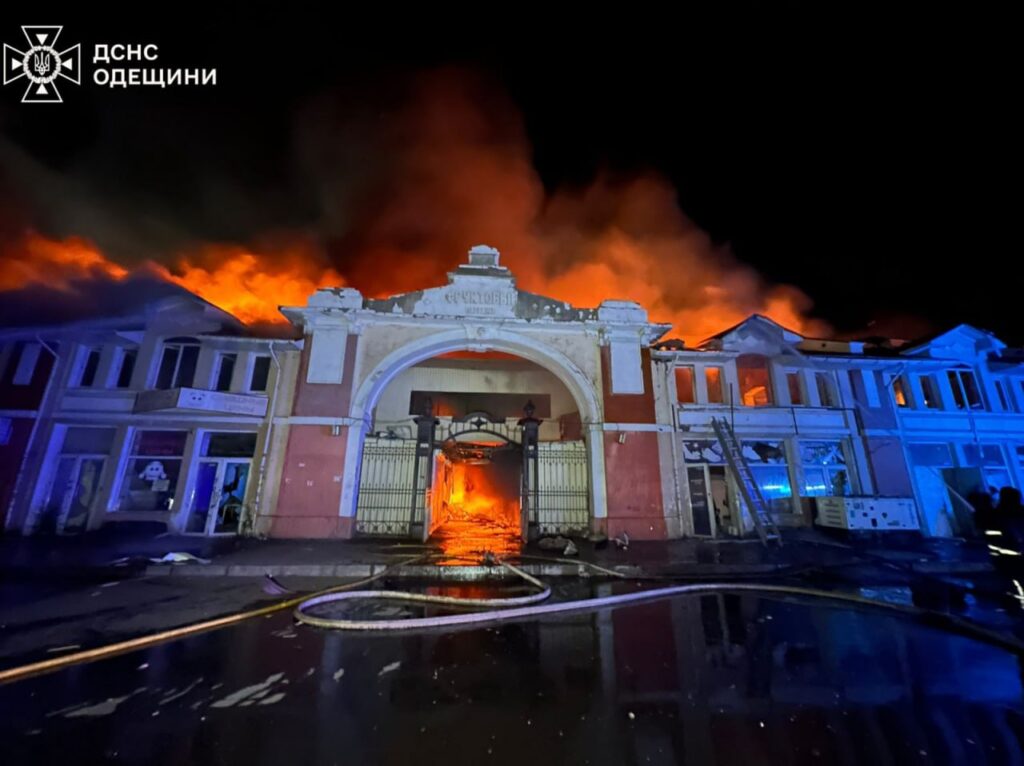

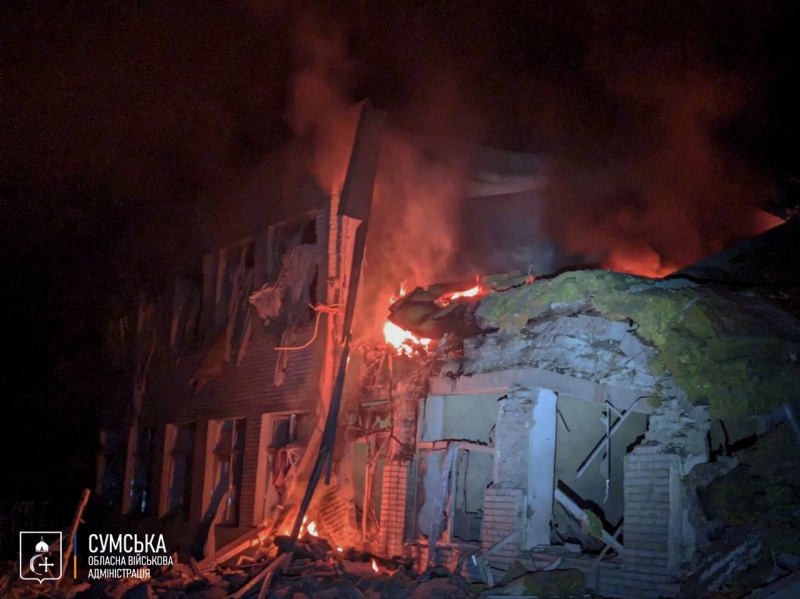
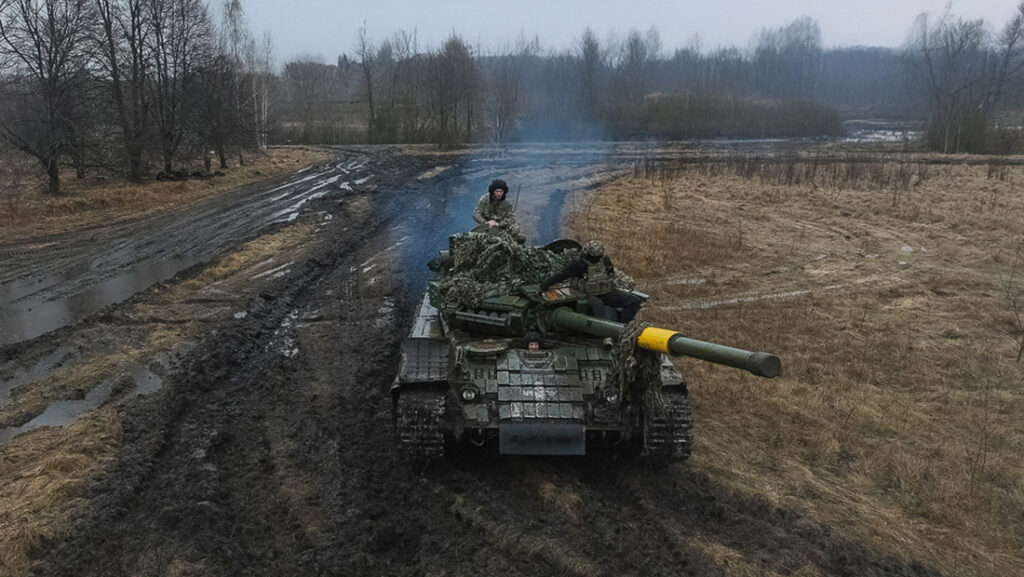
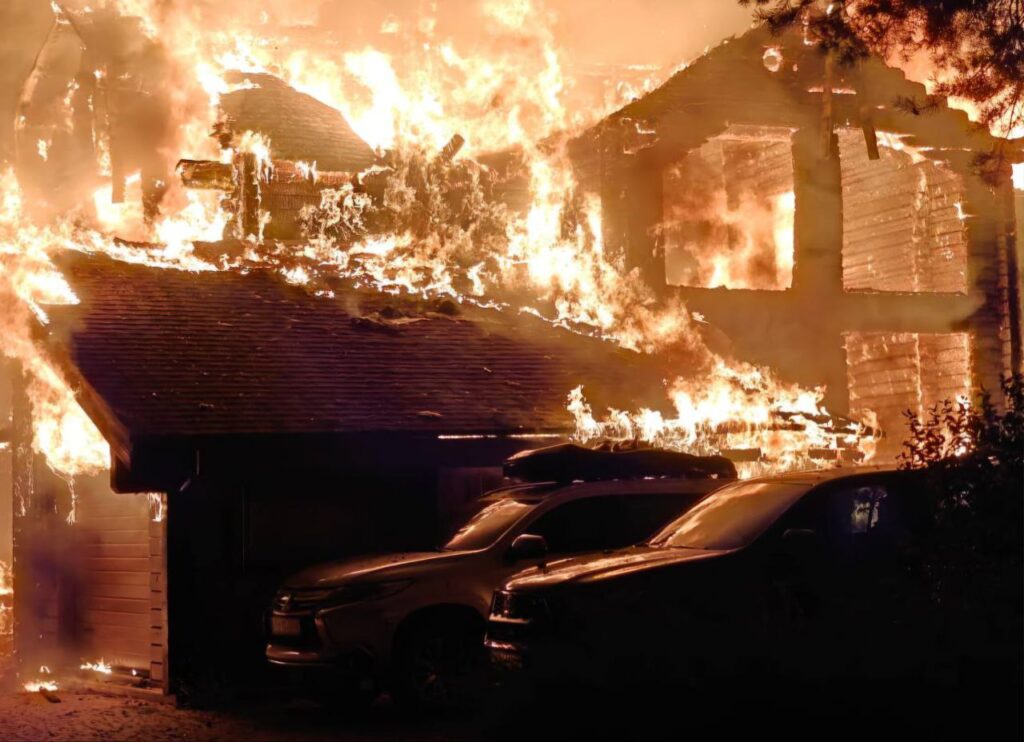
![A woman with a sign saying "Olenivka = Osvencimas [Auschwitz]" during a protest about Ukrainian POWs killed Russian colony.](https://euromaidanpress.com/wp-content/uploads/2022/08/Azovstla6-1-1024x576.jpg)
